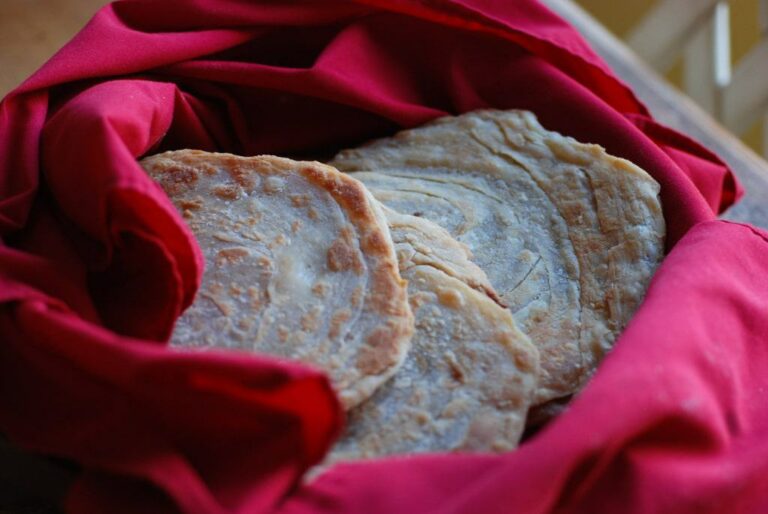Introduction: Burundian cuisine
Burundian cuisine is a blend of African, French, and Arabic flavors, which makes it unique and delicious. The country is located in East Africa and is known for its fertile soil that produces a wide variety of crops. Burundians take pride in their traditional cooking methods, which have been passed down from generation to generation.
Ubuzima bwa Burundi: The Burundian way of life
Ubuzima bwa Burundi, which translates to “the Burundian way of life,” is all about hospitality and sharing. Burundians love to cook and share food with their family, friends, and neighbors. A typical Burundian meal is a communal affair, with everyone sitting on the floor around a large tray of food.
Local ingredients in Burundian cuisine
Burundian cuisine is heavily dependent on locally grown ingredients, which include plantains, beans, peas, cassava, sweet potatoes, yams, and sorghum. These ingredients are readily available and form the basis of most Burundian dishes. The country’s lush forests also provide an abundance of fruits, berries, and nuts, which are used in desserts and snacks.
Popular dishes made with plantains
Plantains are a staple ingredient in Burundian cuisine, and they are used in many dishes, both sweet and savory. One of the most popular plantain dishes in Burundi is Ibiharage, which is a stew made with beans, plantains, and vegetables. Another popular dish is Isombe, which is a mixture of mashed plantains, cassava leaves, and peanuts.
Beans and peas in Burundian cuisine
Beans and peas are a crucial source of protein in Burundian cuisine, and they are used in many dishes. One of the most popular bean dishes is Kidney Beans in Tomato Sauce, which is made with red kidney beans, tomatoes, and spices. Another popular dish is Ibiharage, which is a stew made with beans, plantains, and vegetables.
Meat-based dishes in Burundian cuisine
Meat is not as commonly used in Burundian cuisine as it is in other African countries, but it is still a significant part of the diet. One of the most popular meat dishes in Burundi is Nyama Choma, which is grilled goat meat served with a spicy tomato sauce. Another popular dish is Ibihaza, which is a stew made with beef, vegetables, and spices.
Popular Burundian stews and soups
Stews and soups are a staple in Burundian cuisine, and they are usually served with a side of rice or ugali (a type of cornmeal porridge). One of the most popular stews is Kigali, which is made with beef, vegetables, and peanut butter. Another popular dish is Umunebe, which is a soup made with fish, tomatoes, and vegetables.
Famous Burundian beverages and desserts
Burundi is known for its delicious beverages and desserts. One of the most popular beverages is Ikivuguto, which is a fermented milk drink. Another popular drink is Urwarwa, which is a banana beer. For dessert, Burundians enjoy fruit salads, sweet potato pudding, and roasted bananas with honey.



